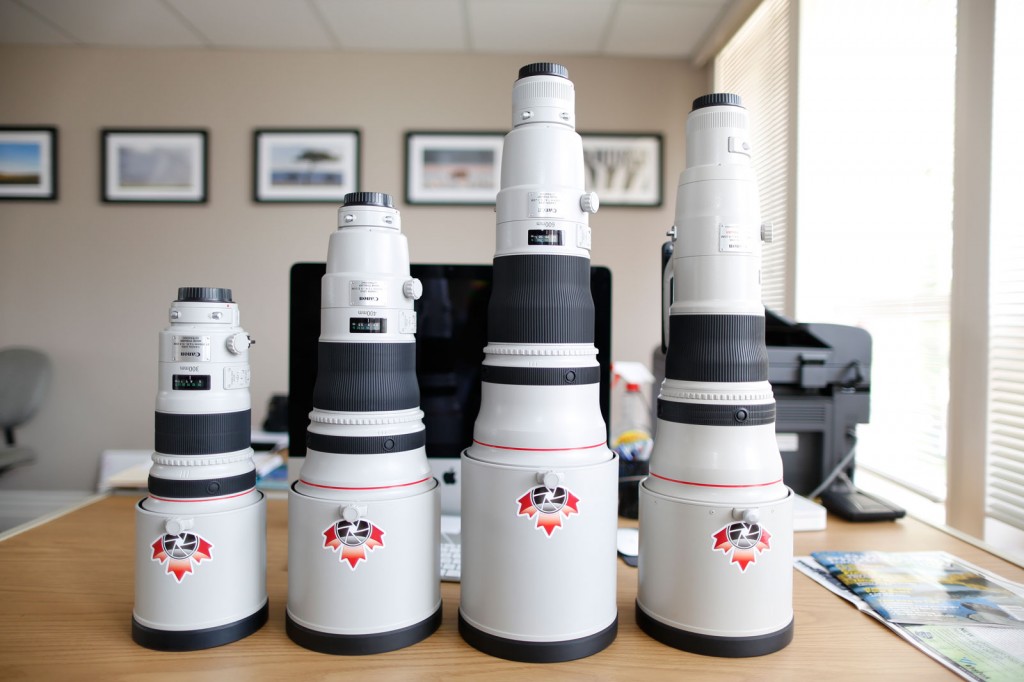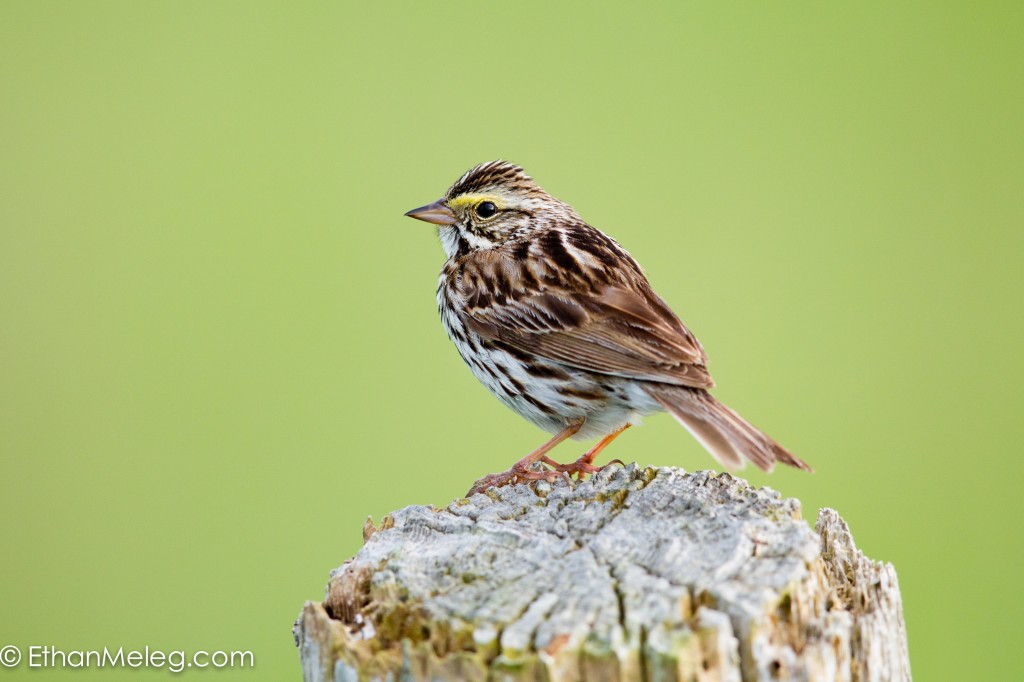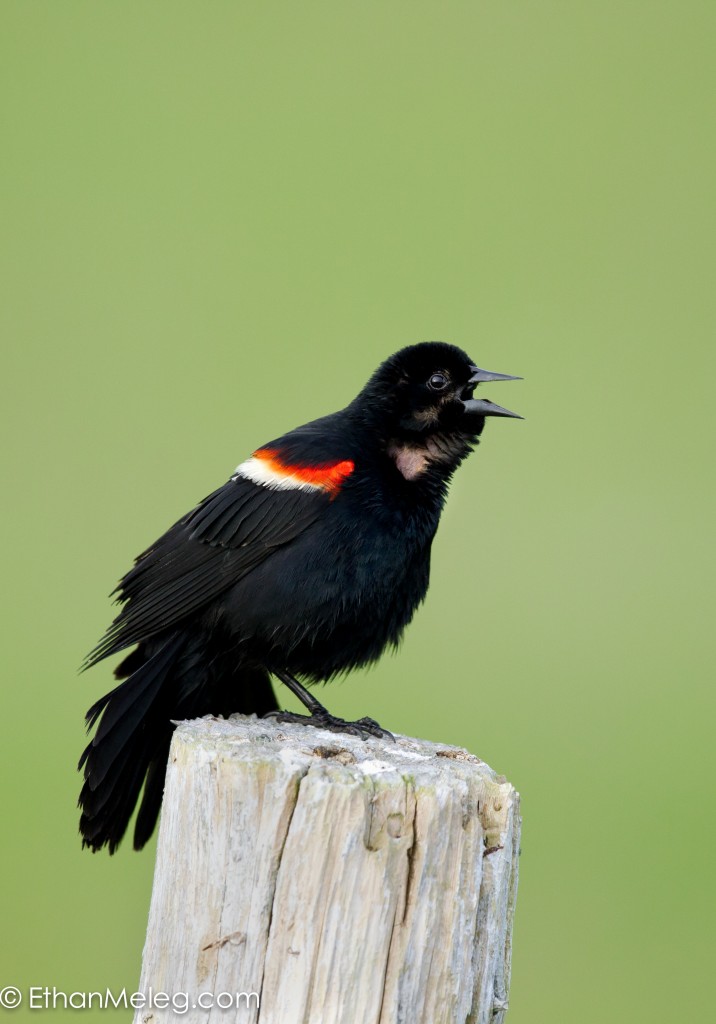I wanted to get a quick article out about the new $12,999 USD Canon EF 600 f/4L IS II super telephoto lens that the world has been waiting years for. When I got the call on June 1, 2012, that mine had arrived at Camera Canada, I was pretty excited. I wanted to make the 3 hour drive to pick it up, but I resisted and waited for it to arrive in the mail the following Monday. For a couple of days, the lens sat in our office and didn’t do much. I just didn’t have the time to get out with it.

EF 300 f/2.8L IS II, EF 400 f/2.8L IS II, EF 600 f/4L IS II, EF 800 f/5.6L IS (500 f/4L IS II still missing)
As with any review here, there’s nothing technical about them. There will be lots of people out there doing critical optical performance tests in the coming months. I’m more into using the lens and trying to get good results with it in the real world.
About the ImagesAll images are taken by Ethan Meleg, and no sharpening or noise reduction has been to applied to them in camera or via software. The Indigo Bunting photo is heavily cropped for composition and to show how well the lens holds up to cropping for web and small print
About Ethan MelegEthan is a freelance outdoor photographer from Ontario, Canada. His specialty is photographing landscapes, birds, wildlife and outdoor lifestyle. He’s a regular contributor to Outdoor Photography Canada, and his work has appeared in National Geographic, Canadian Geographic, Forbes and countless other publications.
Impressions of the lens itselfBoth of us swore multiple times when describing the weight of the lens to each other. I will say it again, it’s absolutely remarkable how light it is. It weighs the same as the EF 500 f/4L IS version 1, however with the lens being longer and having a different balance, I find it actually feels lighter. Canon has taken a lens and focal length that I never used, solely because of weight and made it a joy to use. Ethan used to shoot with the EF 600 f/4L non-IS, and swapped it for a EF 500 f/4L IS a few years ago because of the weight.
Like the other new Canon “big whites”, it comes with a new lens cap you actually want to use. We both hope the person that invented the old leather caps has been moved to another department, and the new cap designer promoted and showered with riches. The rest of the accessories are pretty standard, a lens strap, hard case, paper manual and one goody, a replacement monopod lens foot.
The lens is apparently more rigid in design and possesses improved weather sealing. The construction of the lens barrel is magnesium and titanium, and possibly contributes to the high initial cost of the lens.
Can you hand hold it?I can, but I’m 6’4, mid 30′s and in relatively decent shape. I have never had much trouble hand holding the EF 800 f/5.6L IS, much to the dismay of “Mr Tripod” Ethan. I think for most people, the lens is hand holdable if you have that moment you just have to capture. I’d say it’s probably a great monopod lens for a lot of people, it’s light enough to carry around all day too. The IS in the lens is Canon’s latest and greatest and works extremely well, I was doing test shots at 1/320 that were sharp hand held. For someone with better steadiness and technique, they could probably get sharp results around 1/100.
For everyone else, a good gimbal head on some decent legs would be the way to go. You don’t need legs as rigid or expensive as you did with the previous version of this lens. I think you could get away with a Gitzo 3xxx series tripod, I use the Gitzo 3541LS when I absolutely need one.
AutofocusWe didn’t get a lot of chance to test the AF tracking ability with birds in flight or in a sporting setting. However, it feels as fast as the previous version did. Some people may pay closer attention to AF speed than either Ethan or I do, but we both felt it was up to the standard of a Canon super telephoto. Over the coming months, I’m sure I’ll be able to give you a better idea as to how the lens performs in this area.
Again, initial lock of focus was quite fast. There was no hunting in low contrast situations, like with the Red-Winged Blackbird. Keeper rate as far as focus in the correct area was as good or slightly better than the EF 500 f/4L IS that Ethan is used to shooting with. As with any small birds, they move quickly and the slightest shift with take away critical focus in the eye of the bird.
Teleconverters
Ethan shot with the Canon EF 1.4x TC III for a while and found the results to be very good. Autofocus was slightly slower. However, we can make no direct comparison of the TC autofocus performance with the new lens and the old one at this time. The keeper rate dropped with the 1.4x TC, but that was more to do with the increased magnification and shallower depth of field, more so than the optical quality properties of teleconverter use.
We will get out and use the 1.4 III more as well as trying it with the 2x TC III.
Image QualityThe lens is sharp, sharp, sharp. Were you expecting something different? Lenses like this are what happens when you don’t have a price point to hit, you make the lens and charge whatever is required. It’s sharper than the EF 500 f/4L IS, and we’re still trying to figure out how it compares to the EF 800 f/5.6L IS, since that lens is also remarkable in the sharpness department.
The lens does vignette a bit at f/4, but that’s to be expected. It’s not distracting in any way, and I actually like the vignetting on super telephoto lenses.
Color and contrast are terrific, it might actually be a bit punchier than the version 1, again we need more time with the lens in real world situations, especially in different light types.
Initial VerdictOn the surface, Canon has produced the best designed 600mm lens in their history and maybe ever. The weight savings alone are a monumental achievement. Everything else about the lens is high end, from optical performance to autofocus and build quality.
Is it better than the EF 800 f/5.6L IS? Right now I cannot say, and it may just come down to personal preference. If your primary goal is small birds, then the 800 still seems like the way to go. Anytime you can go without a teleconverter, you’re better off in my books. However, lots of people use teleconverters with great success and the EF 600 f/4L IS II might just be a more versatile lens for some people.
We’re going to get a lot more use out of the lens in the coming months, and maybe then I can answer a lot of the questions that are inevitably coming.
Buy the Canon EF 600 f/4L IS II
Canon EF 600 f/4L IS II at B&H $12,999




On my website you'll see similar texts, write what you think.
ReplyDeleteonline classified ads